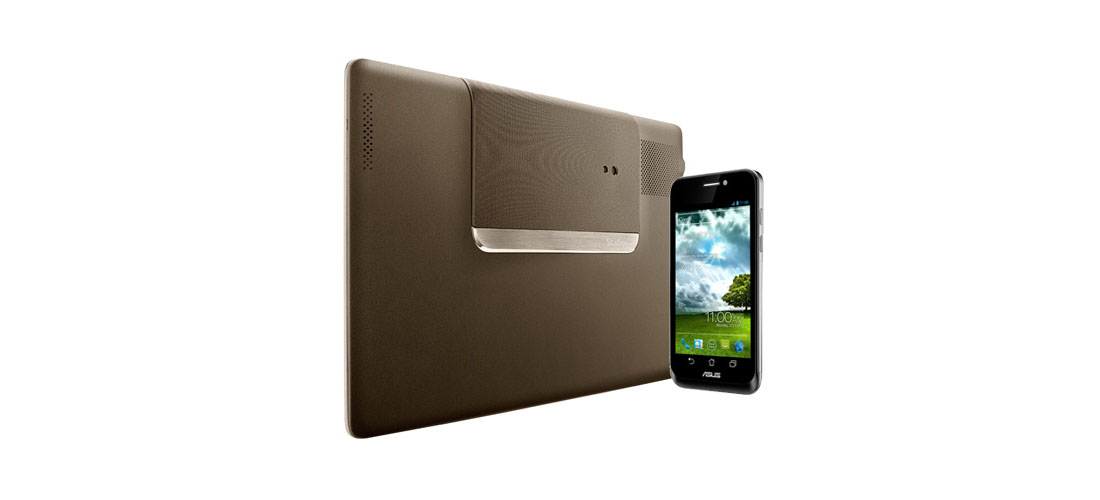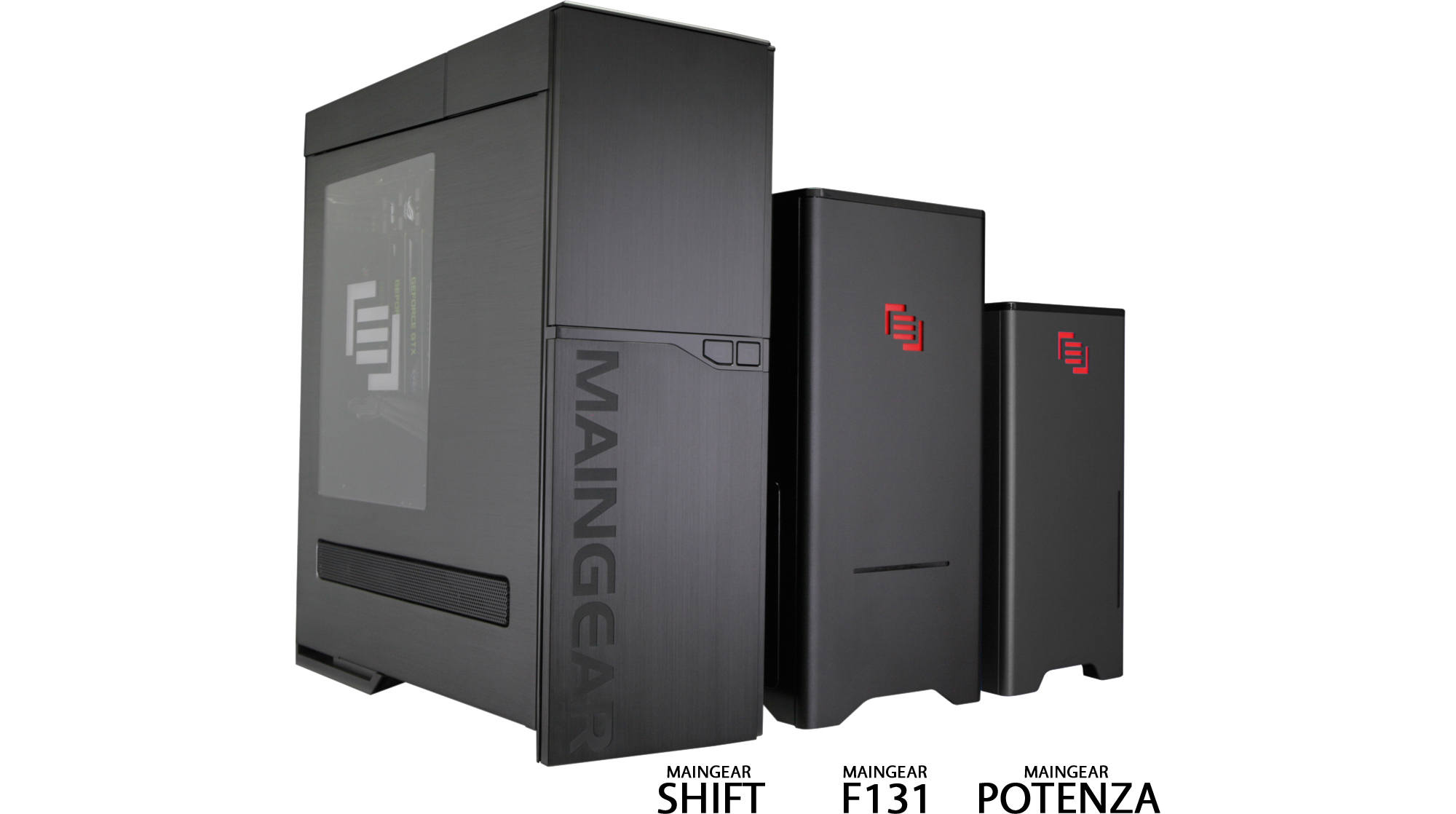News
 Four days ago we talked about Asus and their awesome ability to design hardware that people really do want, but the issues they seem to have with getting those products to market (and maintaining supply). We specifically called out the Padfone that was shown off as a concept in 2009, actually domed in 2010, and officially launched mid-2011. This product that many are asking for has yet to see a paying customer’s hands and now we are hearing that there are supply issues with the Qualcomm SoC that is under the hood.
Four days ago we talked about Asus and their awesome ability to design hardware that people really do want, but the issues they seem to have with getting those products to market (and maintaining supply). We specifically called out the Padfone that was shown off as a concept in 2009, actually domed in 2010, and officially launched mid-2011. This product that many are asking for has yet to see a paying customer’s hands and now we are hearing that there are supply issues with the Qualcomm SoC that is under the hood.
- Details
- By Sean Kalinich
- Hits: 2516
 As you might have noticed we have been following Windows 8 and all of the expected and unexpected features and pitfalls that it might bring to the market. So far we have found that the core of the OS appears to be pretty solid and while there is plenty of room for improvement, even the consumer preview version of the OS could be used as-is. Now this is great, but it is important to remember that Windows 8 is a split personality OS. Microsoft is trying to bridge two very different markets with a single product; Windows 8 for the x86/64 PC and Windows 8 on ARM (called Windows RT).
As you might have noticed we have been following Windows 8 and all of the expected and unexpected features and pitfalls that it might bring to the market. So far we have found that the core of the OS appears to be pretty solid and while there is plenty of room for improvement, even the consumer preview version of the OS could be used as-is. Now this is great, but it is important to remember that Windows 8 is a split personality OS. Microsoft is trying to bridge two very different markets with a single product; Windows 8 for the x86/64 PC and Windows 8 on ARM (called Windows RT).
- Details
- By Sean Kalinich
- Hits: 2595
Read more: Microsoft's Deal with B&N Good for All, Except...
 Although we have to say that the actual news was still very cool we are a little disappointed that it appears we were wrong about the crowbar that nVidia sent in the mail to a group of websites. Late last night (well at least while we were sleeping) nVidia announced the launch of the GTX 690. This is the rumored dual GTX 680 graphics card that is supposed to catapult nVidia to the top of the heap.
Although we have to say that the actual news was still very cool we are a little disappointed that it appears we were wrong about the crowbar that nVidia sent in the mail to a group of websites. Late last night (well at least while we were sleeping) nVidia announced the launch of the GTX 690. This is the rumored dual GTX 680 graphics card that is supposed to catapult nVidia to the top of the heap.
- Details
- By Sean Kalinich
- Hits: 2424
Read more: nVidia launches the GTX 690 Dual Kepler Graphics...
 MAINGEAR has added a few new systems to their already impressive lineup. Apparently it is not enough for them to have one of the cleanest and bestselling vertical cooling systems with the SHIFT. Now MAINGEAR is moving into two smaller form factors. Starting todau 4/29/2012 MAINGEAR will be adding VRTX Cooling (Vertical Cooling) to the F131 and POTENZA lines.
MAINGEAR has added a few new systems to their already impressive lineup. Apparently it is not enough for them to have one of the cleanest and bestselling vertical cooling systems with the SHIFT. Now MAINGEAR is moving into two smaller form factors. Starting todau 4/29/2012 MAINGEAR will be adding VRTX Cooling (Vertical Cooling) to the F131 and POTENZA lines.
- Details
- By Sean Kalinich
- Hits: 4174
 We all know that both Ivy Bridge and the Z77 PCH run hotter than the P67 and Sandy Bridge. The reasons for this are not completely understood (yet) but there are some explanations out there. One of these appears to be due to the process. At 22nm there is going to be an increase in power density and also a decrease in the surface area that allows for cooling of the CPU core. The other opinion is that Ivy Bridge is hotter due to the use of Thermal Interface Material (TIM) rather than fluxless solder.
We all know that both Ivy Bridge and the Z77 PCH run hotter than the P67 and Sandy Bridge. The reasons for this are not completely understood (yet) but there are some explanations out there. One of these appears to be due to the process. At 22nm there is going to be an increase in power density and also a decrease in the surface area that allows for cooling of the CPU core. The other opinion is that Ivy Bridge is hotter due to the use of Thermal Interface Material (TIM) rather than fluxless solder.
- Details
- By Sean Kalinich
- Hits: 7209
More Articles …
Page 522 of 570



